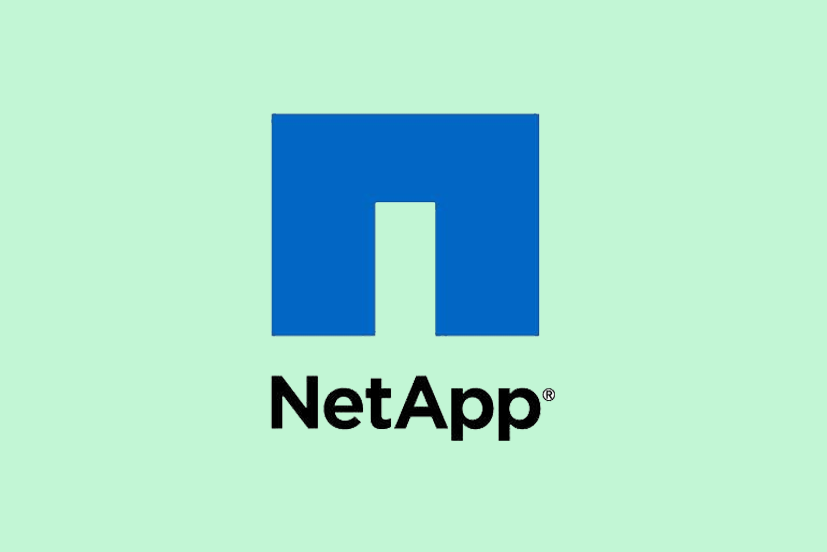Net App Certification Training
NetApp storage equipment is used by enterprises and service providers to store and to share large amounts of digital data across physical and hybrid cloud environments. The NetApp storage hardware includes all-flash and hybrid storage systems for block, file and object storage.
